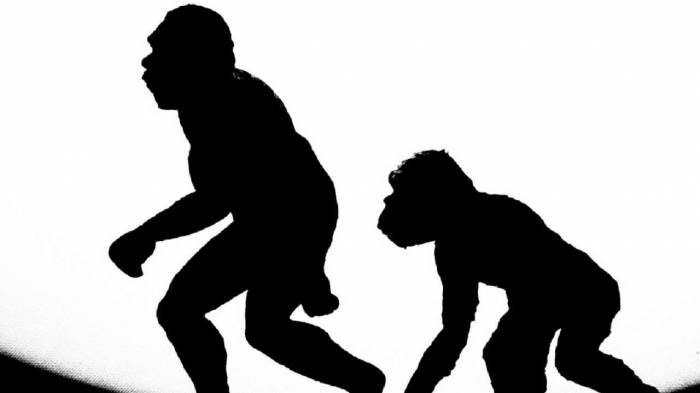This suggests a more diverse genetic history than previously thought between the Denisovans and modern humans. Scientists at the University of Washington in the US determined that the genomes of two groups of modern humans with Denisovan ancestry - individuals from Oceania and individuals from East Asia - are uniquely different, indicating that there were two separate episodes of Denisovan admixture.
"What was known already was that Oceanian individuals, notably Papuan individuals, have significant amounts of Denisovan ancestry," said Sharon Browning, a research professor at University of Washington. "The genomes of modern Papuan individuals contain approximately 5 per cent Denisovan ancestry," said Browning. Researchers also knew Denisovan ancestry is present to a lesser degree throughout Asia.
The assumption was that the ancestry in Asia was achieved through migration, coming from Oceanian populations. "But in this new work with East Asians, we find a second set of Denisovan ancestry that we do not find in the South Asians and Papuans," Browning said. "This Denisovan ancestry in East Asians seems to be something they acquired themselves," she said. The study, published in the journal Cell, sequence the genome of over 5,600 individuals from Europe, Asia, America, and Oceania and compared them to the Denisovan genome.
Researchers found that the Denisovan genome is more closely related to the modern East Asian population than to modern Papuans. "We analysed all of the genomes searching for sections of DNA that looked like they came from Denisovans," said Browning. "When we compared pieces of DNA from the Papuans against the Denisovan genome, many sequences were similar enough to declare a match, but some of the DNA sequences in the East Asians, notably Han Chinese, Chinese Dai, and Japanese, were a much closer match with the Denisovan," she said.
What is known about Denisovan ancestry comes from a single set of archaic human fossils found in the Altai mountains in Siberia. That individual's genome was published in 2010, and other researchers quickly identified segments of Denisovan ancestry in several modern-day populations, most significantly with individuals from Oceania but also in East and South Asians. "The assumption is that admixing with Denisovans occurred fairly quickly after humans moved out of Africa, around 50,000 years ago, but we do not know where in terms of location," Browning said.
Perhaps the ancestors of Oceanians admixed with a southern group of Denisovans while the ancestors of East Asians admixed with a northern group. Researchers plan on studying more Asian populations and others throughout the world, including Native Americans and Africans.
"We want to look throughout the world to see if we can find evidence of interbreeding with other archaic humans," said Browning. "There are signs that intermixing with archaic humans was occurring in Africa, but given the warmer climate no one has yet found African archaic human fossils with sufficient DNA for sequencing," she said.
Read the original article on dnaindia.com.
More about: human
















































